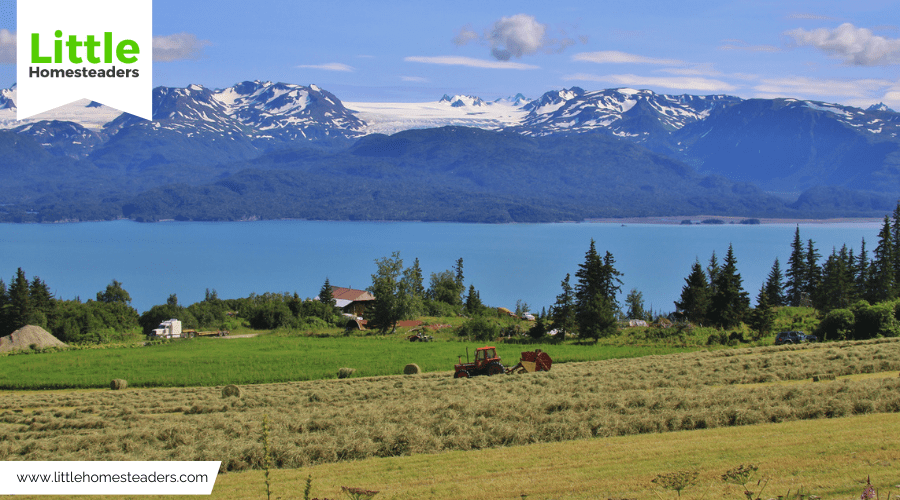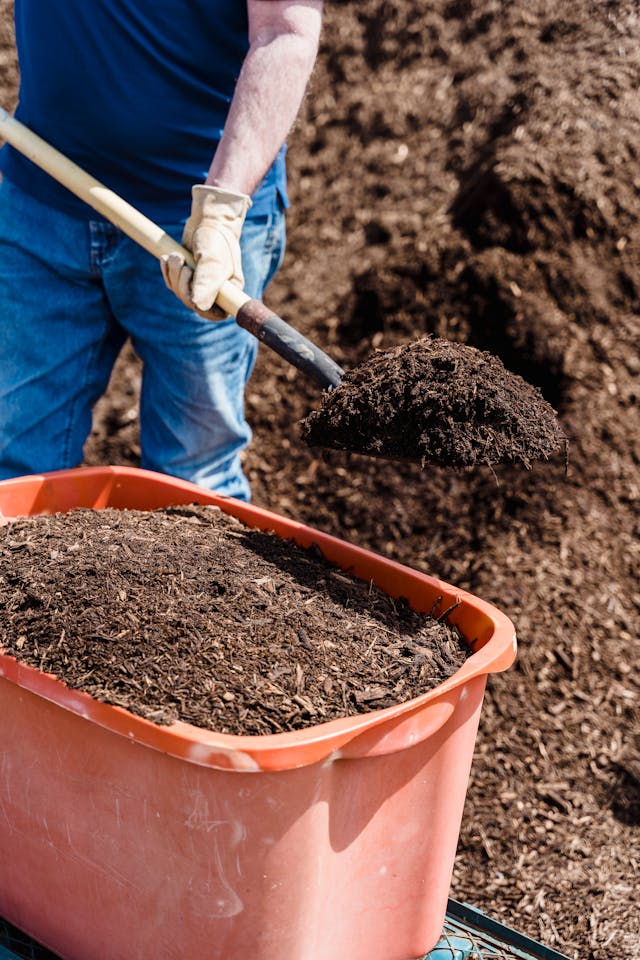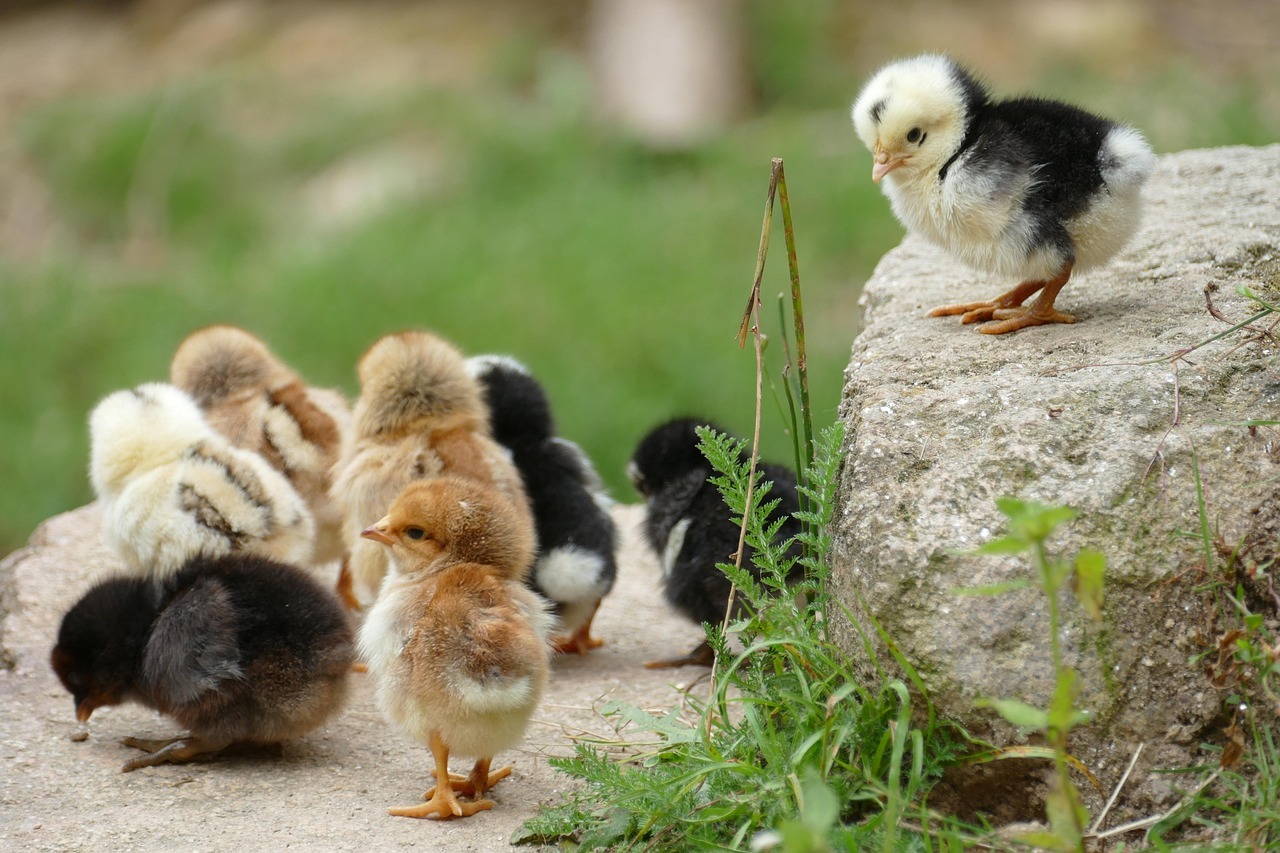Homesteading in Montana: A Beginner’s Guide
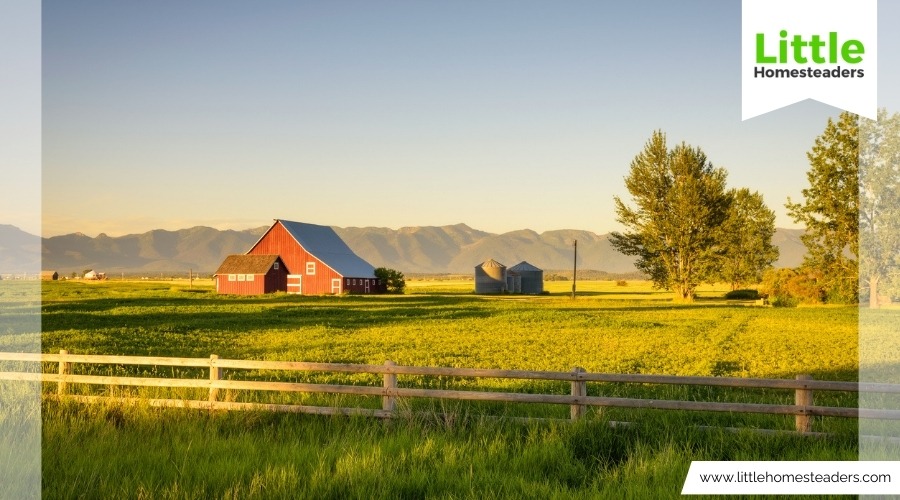
Have you ever dreamed of waking up to the breathtaking landscapes of Montana, with a morning routine that starts not with city noise but with tending your crops, feeding livestock, and embracing a self-sufficient lifestyle? If so, homesteading in Montana might be your calling. With its vast farmland, open range policies, and abundant natural resources, Montana offers a unique opportunity to create a sustainable life. This guide will help you navigate the exciting, challenging, and rewarding journey of homesteading in Big Sky Country.
Why Montana is Ideal for Homesteading
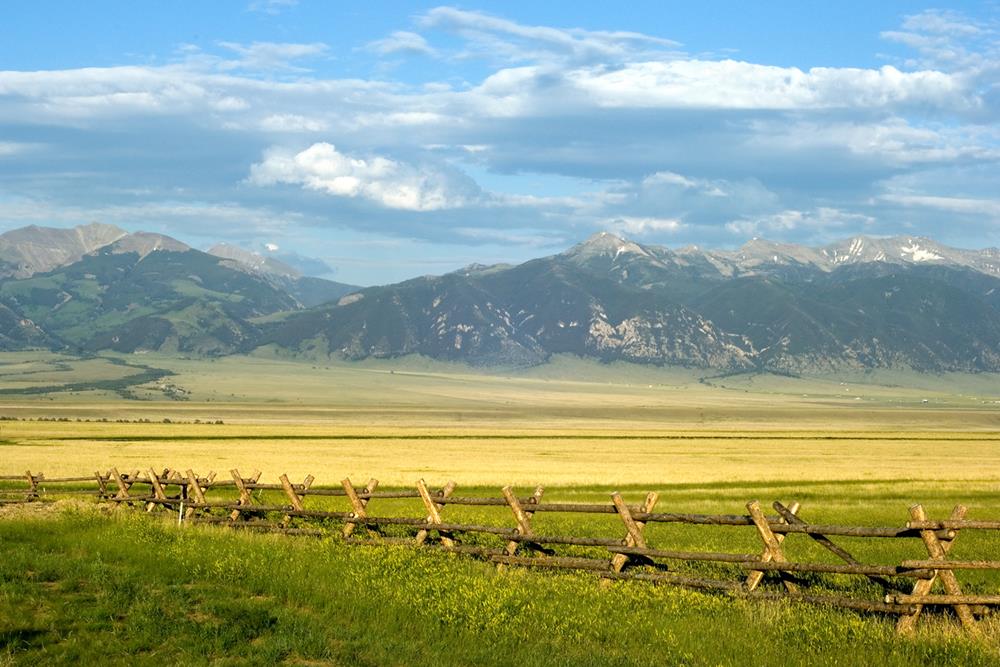
Montana is more than just a beautiful state; it's a homesteader's paradise. With over 60 million acres of farmland and a range of climates suitable for diverse agriculture, there's plenty of room to turn your dreams into reality. Here are some of the reasons Montana stands out:
- Affordable Land: Compared to other states, Montana offers reasonably priced land. Farmland prices average $920 per acre, cropland at $1,020, and pastureland as low as $660 per acre. This affordability allows even first-time homesteaders to secure sizable plots for farming, livestock, and living.
- Diverse Agricultural Possibilities: Montana's USDA hardiness zones (3 to 6) support a wide range of crops—from wheat and lentils to tomatoes and cherries. The variation in climate zones means that homesteaders can adapt their farming plans to the unique characteristics of their land, growing everything from staple grains to specialty crops.
- Open Range Policy: Livestock graze freely here, a significant advantage for raising animals without needing extensive private grazing land. For those interested in ranching, the open range policy provides an economic and practical solution to managing large herds.
Despite these benefits, Montana isn't without its challenges. Harsh winters, wildlife management, and the remoteness of some locations can be daunting. However, with careful planning and preparation, these hurdles are manageable. Montana's tight-knit communities and a culture of self-reliance also mean that help is often just a neighbor away.
Choosing the Right Location for Your Homestead
Finding the perfect piece of land is the first step to starting your homestead. Montana's vastness provides options, but this can also make narrowing down your search overwhelming. Here are key factors to consider:
- Land Quality: Evaluate the soil's fertility and drainage capabilities. Rocky or sandy soils may require amendments, while rich, loamy soils can save time and effort. Consider conducting a soil test before purchasing land to determine nutrient levels and any adjustments you might need to make.
- Water Access: Reliable water sources, whether from a well, spring, or river, are essential. Consider rainwater harvesting as a backup system. Some homesteaders also install ponds or reservoirs to ensure they have enough water for irrigation and livestock during dry spells.
- Proximity to Markets and Resources: While self-sufficiency is the goal, you'll likely need access to supplies, veterinary services, or markets to sell your produce. Living closer to towns can also reduce travel time for errands or emergencies.
- Wildlife Considerations: Montana is home to deer, elk, and bears. Protecting your crops and livestock from these animals will be an ongoing task. Fencing, guard animals, and wildlife deterrents can help mitigate these risks.
Tip: Subscribe to local agricultural newsletters and consult with real estate agents who specialize in farmland to stay updated on available properties. Networking with local farmers can also provide valuable insights into the best areas for homesteading.
Essential Crops and Livestock for Montana Homesteaders
With your land chosen, it's time to decide what to grow and raise. Montana's climate allows for a mix of hardy crops and adaptable livestock.
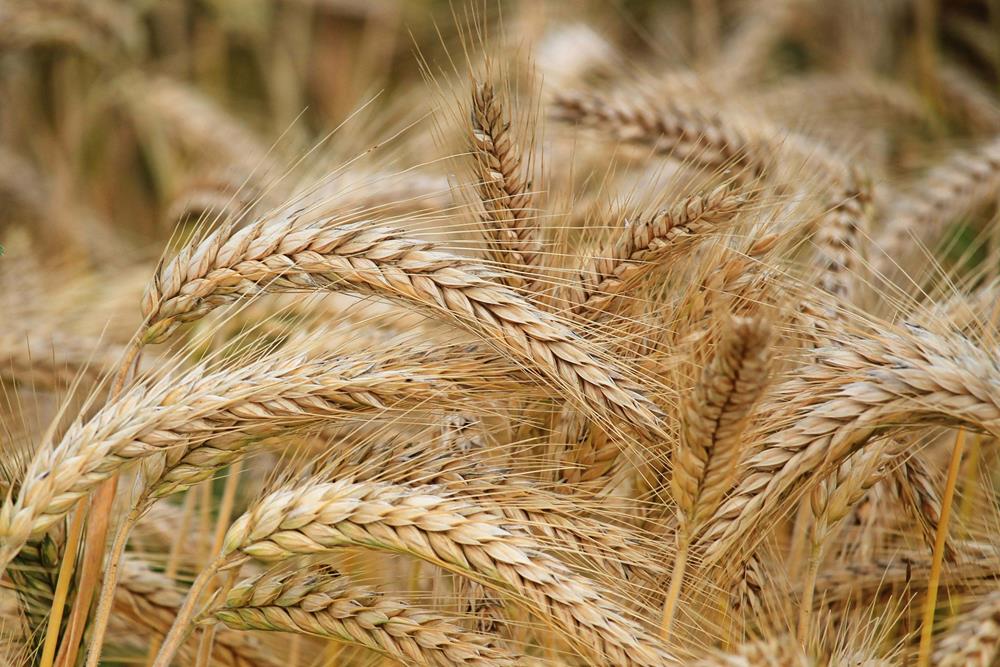
Top Crops
Montana's growing season averages 116 days, so it's essential to select crops suited to shorter seasons. Some excellent options include:
- Staple Grains: Wheat, barley, and oats are hardy and productive. These grains are not only great for personal use but can also serve as a reliable income source.
- Vegetables: Potatoes, carrots, squash, and beans thrive in Montana's soil and climate. Root vegetables, in particular, store well and can sustain your household through the winter.
- Fruits: Cherries and apples grow well in certain zones. Berry bushes, such as raspberries and blueberries, are another excellent choice for small-scale homesteads.
- Organic Crops: Montana leads the nation in certified organic wheat production, making it a great choice for organic farming enthusiasts. Organic farming practices can also improve soil health and attract a niche market for your produce.
Livestock Options
- Cattle and Sheep: Montana's open range and grazing districts are ideal for raising larger livestock. Both provide meat, milk, and wool, making them versatile options for homesteaders.
- Goats and Chickens: Perfect for smaller-scale homesteads, these animals provide milk, eggs, and meat. Chickens also help with pest control and fertilize the soil.
- Beekeeping: Montana ranks second in the U.S. for honey production, making bees a valuable addition to any homestead. They not only produce honey but also enhance pollination for your crops.
Building Sustainable Homestead Infrastructure
Creating a functional homestead requires careful planning and resourcefulness. Here's how to get started:
Land Layout
- Plan separate areas for crops, livestock, and housing to maximize efficiency and minimize conflicts. For example, keep your livestock away from vegetable gardens to prevent damage while allowing space for rotational grazing.
- Design pathways and access points for machinery, tools, and vehicles to save time and effort during daily operations.
Water Management
- Install rainwater harvesting systems and storage tanks. This is especially useful during droughts or for remote homesteads with limited water access.
- Consider drilling a well for a reliable year-round water supply. Ensure it meets local regulations and has a proper filtration system for drinking water.
- Use drip irrigation for crops to conserve water and ensure even distribution.
Preparing for Montana Winters
Montana winters can be harsh, but preparation makes all the difference:
- Build insulated shelters for both humans and animals. Use durable materials that can withstand heavy snowfall and strong winds.
- Stockpile feed, firewood, and other essentials before snowfall. Plan for at least a few weeks of self-sufficiency during severe weather.
- Create windbreaks using trees or fences to protect your structures. These windbreaks can also reduce heating costs by shielding your home from icy gusts.
Pro Tip: Check local cottage food laws and design your homestead to accommodate small-scale food production for additional income. For example, a dedicated kitchen space for making jams or baked goods can open up new opportunities.
Honing Your Homesteading Skills
Building a homestead is one thing; keeping it running efficiently requires a wide range of skills. Here are a few to master:
Crop Cultivation
- Learn to grow cold-hardy crops like brassicas and root vegetables. Experiment with companion planting to optimize space and deter pests naturally.
- Rotate crops annually to maintain soil fertility and reduce pests. Incorporate cover crops to replenish nutrients and prevent erosion.
Animal Husbandry
- Develop expertise in livestock care, including feeding, breeding, and disease prevention. Attend workshops or connect with local farmers for hands-on experience.
- Familiarize yourself with rotational grazing techniques to optimize pasture use and prevent overgrazing.
Food Preservation
- Master techniques like canning, dehydrating, and freezing to store your harvest. Invest in quality equipment, such as pressure canners and dehydrators.
- Build a root cellar to keep vegetables fresh throughout winter. Ensure it's properly ventilated and maintains a consistent cool temperature.
Renewable Energy Solutions
- Install solar panels or wind turbines to power your homestead. Explore government incentives or grants to offset initial costs.
- Explore biomass heating for an eco-friendly way to stay warm in winter. Consider using wood stoves or pellet heaters for cost-effective heating.
Financial Planning for Sustainability
Homesteading requires upfront investments, but careful financial planning can help you manage costs effectively:
- Land Costs: Use Montana's average prices ($660–$1,020 per acre) as a guide for budgeting. Compare properties to find the best value for your needs.
- Grants and Tax Benefits: Look into homesteading grants and property tax exemptions. Some programs also offer support for renewable energy installations and conservation efforts.
- Income Opportunities:
- Sell produce, honey, or handmade goods at farmers' markets. Join local co-ops to expand your reach.
- Take advantage of Montana's Cottage Food Laws to sell non-perishable items without a commercial license. Products like baked goods, jams, and dried herbs are popular options.
Embracing Montana's Culture and Community
One of the joys of homesteading in Montana is becoming part of its rich agricultural culture. Here's how to connect:
- Join Local Groups: Homesteading co-ops and agricultural organizations provide support and networking opportunities. Attend workshops to learn new skills and meet like-minded individuals.
- Learn Traditions: Montana has a long history of farming and ranching; immerse yourself in these traditions for inspiration and practical advice. Stories from seasoned homesteaders can offer invaluable lessons.
- Attend Events: Farmers' markets and local fairs are great places to meet like-minded individuals and share your experiences. Participate in these events to showcase your homestead's products and build community connections.
Conclusion
Homesteading in Montana is a journey toward self-sufficiency and sustainability in one of the most stunning settings in the United States. By carefully planning your location, crops, and infrastructure, and by developing essential skills, you can create a thriving homestead that embodies the spirit of Big Sky Country.
The path may have its challenges, but with determination and the right resources, you can turn your Montana homesteading dream into a rewarding reality. Why wait? Start planning your adventure today!

